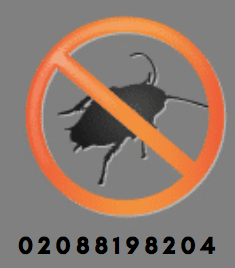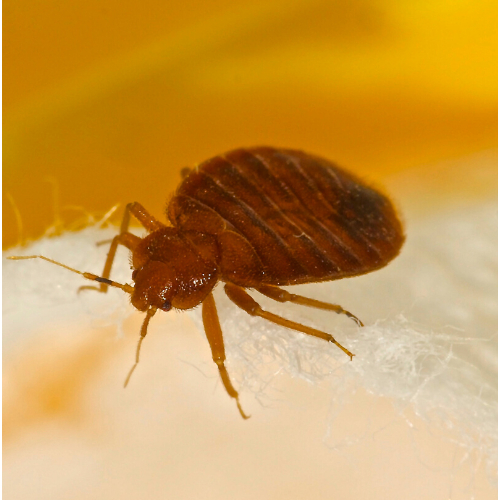How to Identify Bedbugs in Southwark: A Guide to Spotting the Signs
Bedbugs are small, parasitic insects that feed on human blood. They can cause discomfort and infestations in homes and establishments, including those in Southwark. Identifying bedbugs early is crucial for prompt treatment and prevention of further infestations. Here’s a guide on how to identify bedbugs in Southwark:
- Recognize their Appearance: Adult bedbugs are about the size of an apple seed, ranging from 4 to 5 millimeters in length. They have a flat, oval-shaped body, reddish-brown to mahogany in color. After feeding, they appear engorged and darker in color.
- Look for Bedbug Bites: Bedbug bites typically appear as itchy, red welts on the skin, often arranged in a line or cluster. However, bedbug bites are not always a reliable indicator as they can be similar to other insect bites or skin conditions.
- Inspect Bedding and Mattresses: Thoroughly examine your bedding, mattresses, and box springs for any signs of bedbugs. Look for small, dark spots or stains on the sheets, pillowcases, or mattress seams. These spots could be bedbug fecal matter or bloodstains from crushed bugs.
- Check Furniture and Upholstery: Bedbugs can hide in furniture, especially in crevices, seams, and under cushions. Inspect couches, chairs, and other upholstered items for any signs of bedbug activity, such as fecal stains, shed skins, or live bugs.
- Look for Eggs and Nymphs: Bedbugs reproduce rapidly, so it’s important to identify their eggs and nymphs. Bedbug eggs are tiny, about the size of a pinhead, and pearly white in color. Nymphs are smaller versions of adult bedbugs and are translucent or light brown in color.
- Investigate Other Possible Harborages: Bedbugs can hide in various places, including wall cracks, electrical outlets, picture frames, baseboards, and even behind loose wallpaper. Inspect these areas carefully, looking for signs of bedbug activity or live bugs.
- Detect Musty Odor: In severe infestations, bedbugs can produce a distinct, musty odor. If you notice an unpleasant smell in your Southwark property, it could be an indication of a significant bedbug infestation.
- Seek Professional Inspection: If you suspect bedbug activity but are unsure or unable to identify the signs yourself, consider seeking professional pest control services in Southwark. They have the expertise to conduct a thorough inspection and accurately identify bedbug infestations.
Early detection and identification of bedbugs in Southwark are essential for effective treatment and prevention. If you confirm the presence of bedbugs in your property, it is advisable to contact professional pest control services specializing in bedbug treatments. They can provide appropriate solutions to eliminate bedbugs and offer guidance on preventive measures to avoid future infestations.
Remember, bedbug infestations can spread quickly, so it’s crucial to act promptly. Identifying the signs of bedbugs in Southwark allows you to take the necessary steps to protect yourself, your family, and your property from these bothersome pests.


